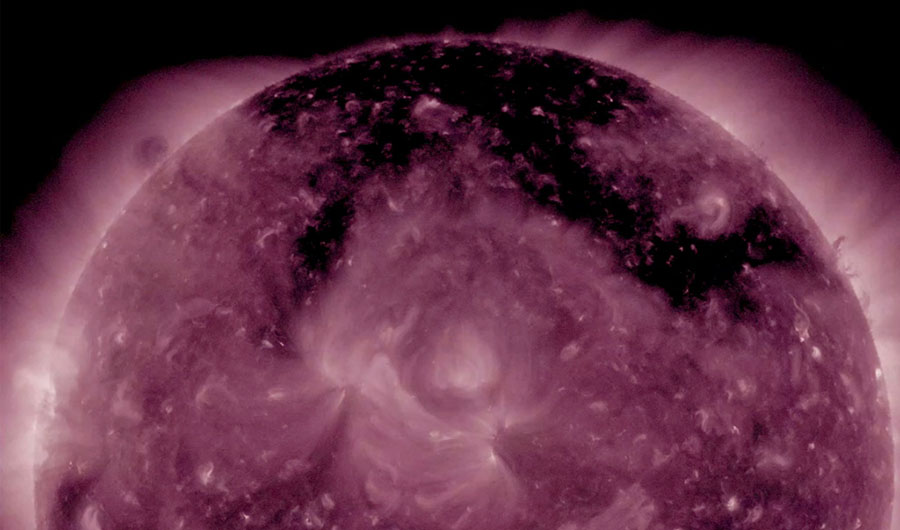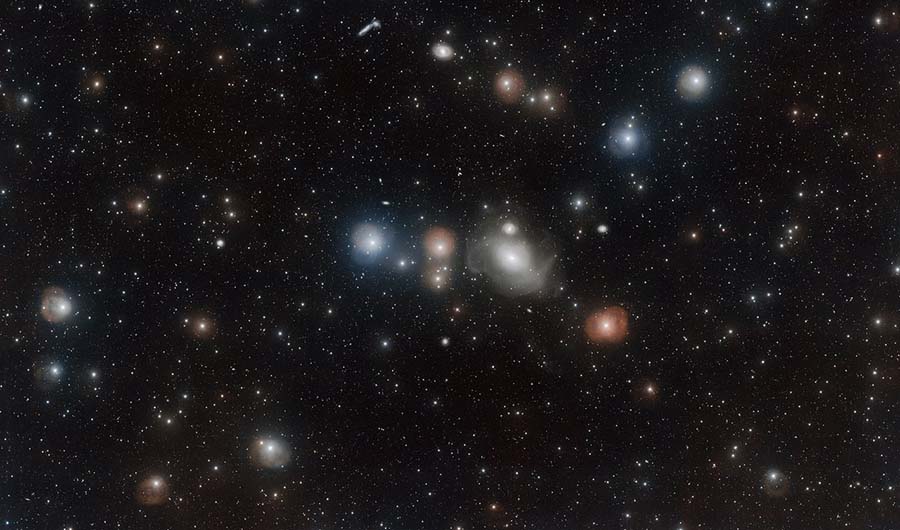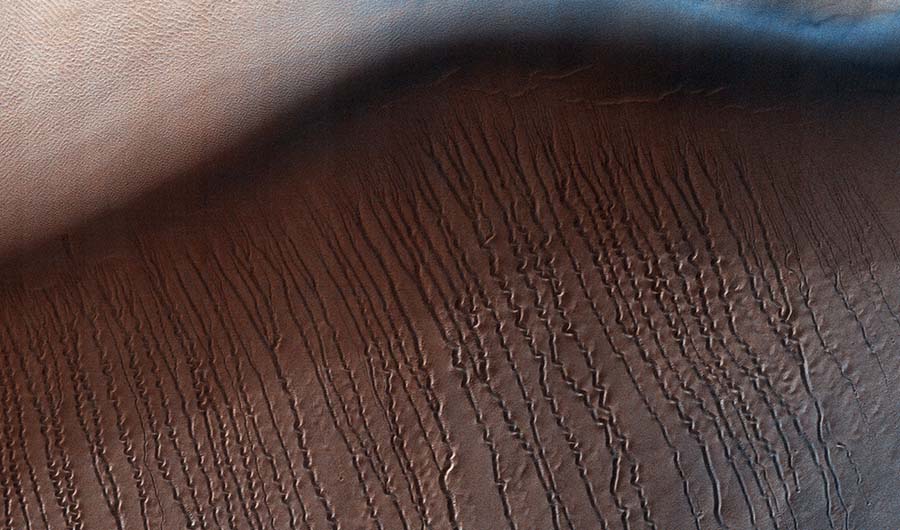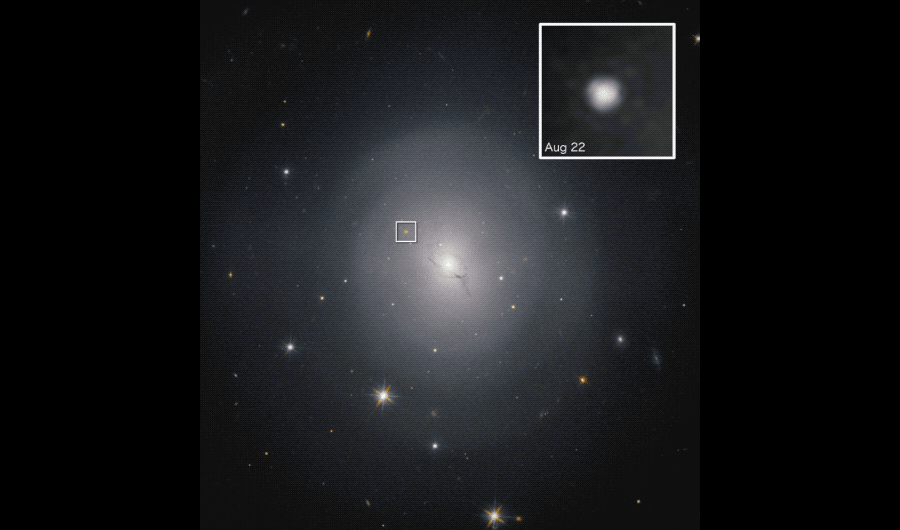October's Spooky Space Pictures
Strange alien sights from our solar system and beyond.
Image
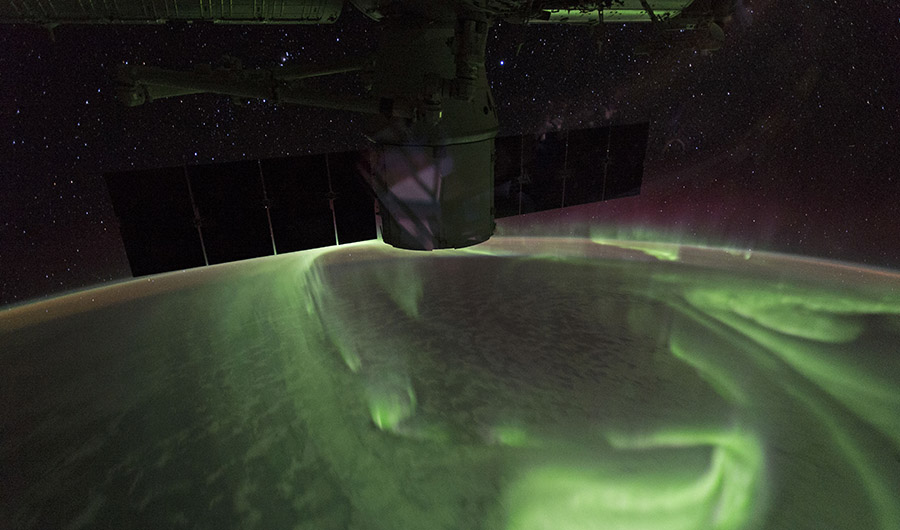
The Southern Lights, as captured by an astronaut on the International Space Station, spread an ethereal green hue across our atmosphere.
Media credits
(Inside Science) -- This October, we admire spooky space phenomena around our galaxy. From neutron star collisions to extraterrestrial landscapes, strange alien sights can be seen even in our own solar system.
Filed under

